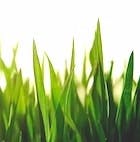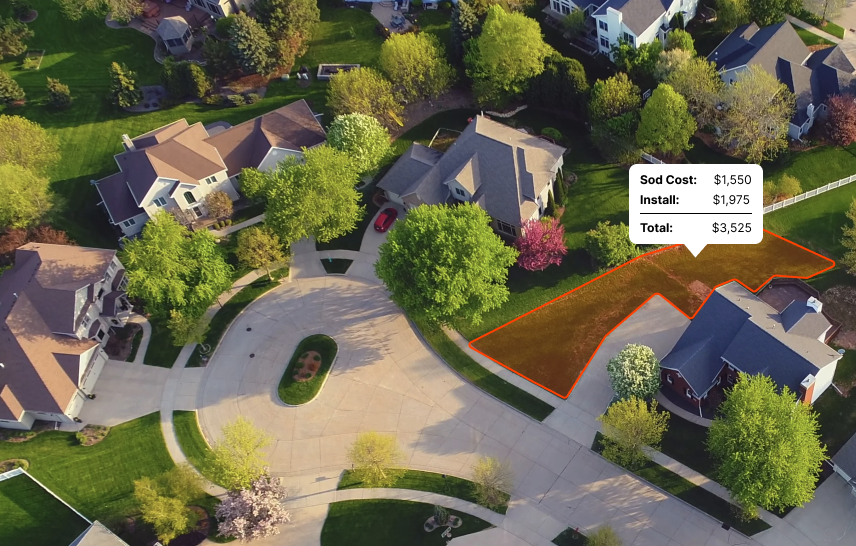But remember, when choosing the right type of grass for your lawn, you'll want to take into account factors like soil type and sun exposure, as these can impact how well your grass will grow. So, choose wisely and your lawn will be looking lush in no time.”
Introduction
In Texas, we're graced with a humid subtropical climate, meaning our summers are full of sizzle and the winters remain mild. When it comes to the grass that thrives here, it needs to be hardy enough to take on our hot, humid summers and even withstand the occasional drought.
And when winter rolls around? We need grass that can handle the milder weather without heading into hibernation.
Looking to lay some turf in Texas? Spring or fall is your best bet.
These seasons offer up mild temperatures and there's usually just enough moisture in the soil to help the grass get its roots established. Try laying grass in the summertime and you might find it a tough go due to the soaring temperatures and potential for drought.
What are the best sod types for TX?
In the world of landscaping, not all grasses are created equal. Each thrives in a specific climate zone: cool, warm, or transition.
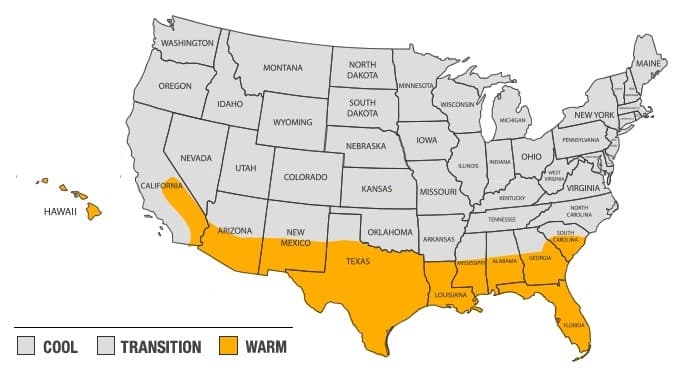
Texas, with its warm season climate, prefers a particular set of grasses that relish the higher temperatures. The following sods are the easiest to grow and maintain in Texas:
While it's possible to grow grasses meant for other regions with proper care, attention and timing, these are the most common grasses in Texas for residential lawns.
Level Up Your Lawn Skills
Once per week we'll send you an interview from someone who has mastered the art of lawn care.
Recommended species for shade
Alright, fellow Texans, let's talk shade-tolerant sod. We've got quite a few options, so list-making is in order.
First up, St. Augustine grass. This guy's pretty popular in good ol' Texas. Why? Its tolerance for shade is bar none. If your place only gets about four hours of sunlight a day, St. Augustine can still thrive.
But wait, there's more. Meet Zoysia grass, another exceptional contender. This beaut is a bit versatile, tolerating both shady and sunny conditions. Zoysia loves about six hours of sunlight, but it's far from needy and can hold its own when things get a little shady.
Got a knack for the exotic? Then, Japanese Lawngrass or Korean Velvetgrass, also varieties of Zoysia, may tickle your fancy. Just like the regular Zoysia, they don't require much light and can go with the flow.
However, we can't skip Centipedegrass. Undemanding and dry-tolerant, this grass type is your low-maintenance friend. It only needs about four hours of sunlight and won't disappoint with its resilience.
Last up, the underdog, Fine Fescue. Rarely used alone, but it makes one heck of a "backup singer" in a turfgrass band. Adding a mix of Fine Fescue to your shade-susceptible areas can totally beef up your lawn's shade tolerance.
Remember, when you're soddin' in the shade, you've got to play it smart. Overwatering, over-fertilizing, or overdoing anything won't cut it. Let’s keep these shady areas airy and remember, sometimes less is more. Now, let's get onto the next section, fellow green-thumbers.
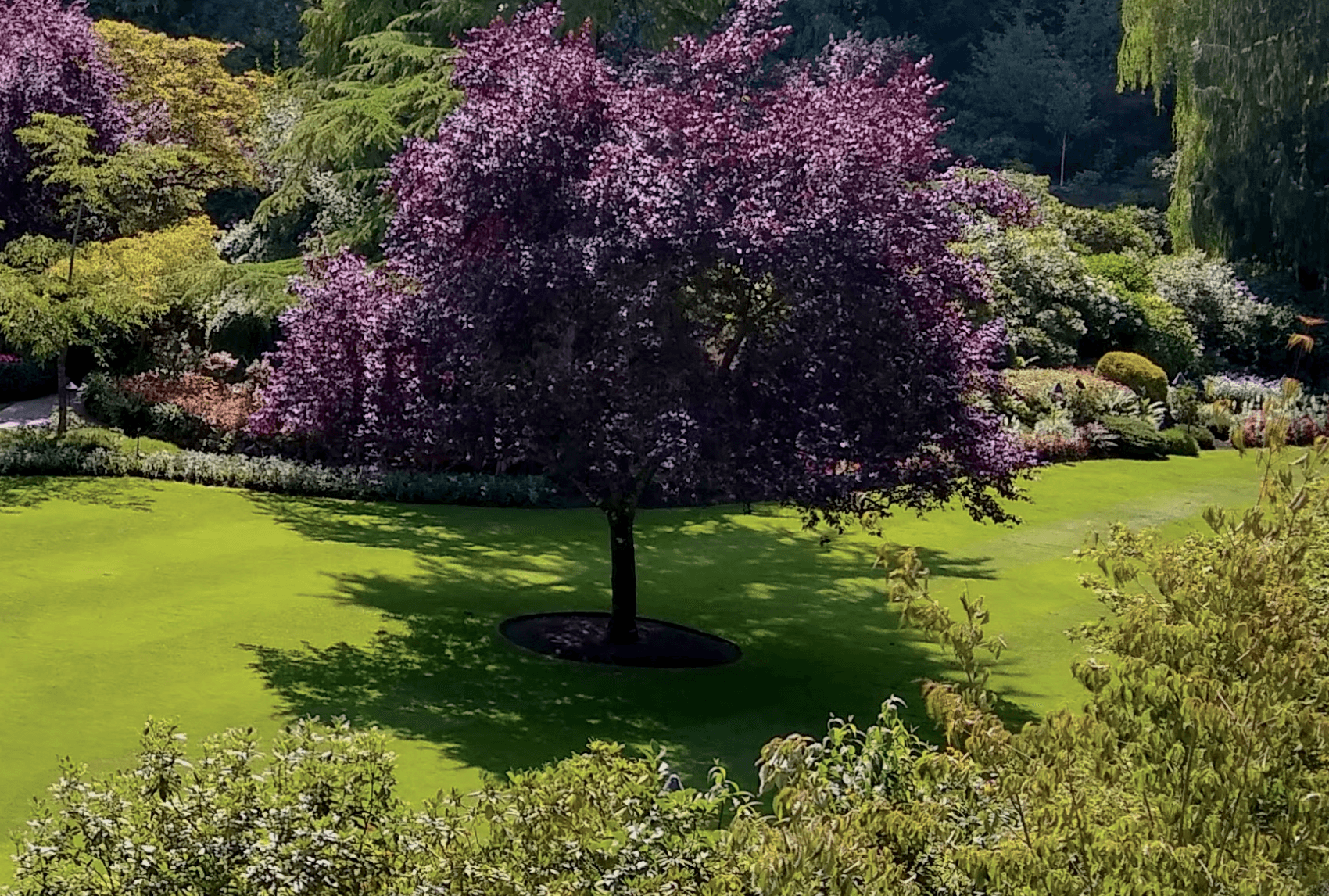
Recommended for full sun or partial sun
Choosing the right sod for your lawn depends heavily on the sunlight exposure in your yard. Different grass types have varying light requirements for optimal growth and appearance. Assessing whether your lawn receives full or partial sun is essential in selecting sod that will flourish and stay healthy in your specific environment.
Below are some sod options recommended for either full sun or partial sun conditions in TX:
| Grass Type | Sun | Good to Know |
|---|---|---|
| Bermuda | Full | Bermuda grass thrives in full sun and is known for its drought tolerance and ability to withstand high temperatures. |
| Zoysia | Full | Zoysia grass prefers full sun but can tolerate some shade. It is known for its dense turf and resistance to pests and diseases. |
| St. Augustine | Partial | St. Augustine grass performs well in partial sun and is valued for its ability to establish quickly and provide a thick, green lawn. |
| Bahia | Full | Bahia grass is ideal for full sun and is known for its drought resistance, low maintenance needs, and ability to thrive in sandy soils. |
What varieties stay green year-round?
As with anything agriculture related, there is some nuance to this question. There are many grasses that can stay green year round in but it depends heavily on your location within Texas as well as any microclimates that may exist.
The following grasses have the ability to stay green year round in Texas:
| Grass Type | Caveats |
|---|---|
| Bermuda | It typically goes dormant and turns brown after a few hard frosts in the fall and stays that way until temperatures consistently hit the 60s in the spring. |
| Zoysia | It can stay green nearly year-round in milder climates without severe winter freezes or overly high summer temperatures. |
| St. Augustine | It can stay green almost year round, but will go dormant and turn brown during cool-season months in colder regions. |
| Bahia | It tends to stay green throughout warm weather but may go dormant and brown in cooler weather or during periods of drought. |
What is the best time to lay sod in Texas?
In a warm-season location, lay sod in late spring or early summer. This timing is ideal as the warmer temperatures and longer days will promote quick root establishment and growth. Avoid laying sod in the cooler months as the grass will likely enter dormancy, slowing down the root establishment process. So, for success, stick to late spring or early summer when it's 75 to 90 degrees out.
As you can see in the image below, you'll notice the most shoot growth (the grass above ground) and root growth during the summer for warm season grasses:
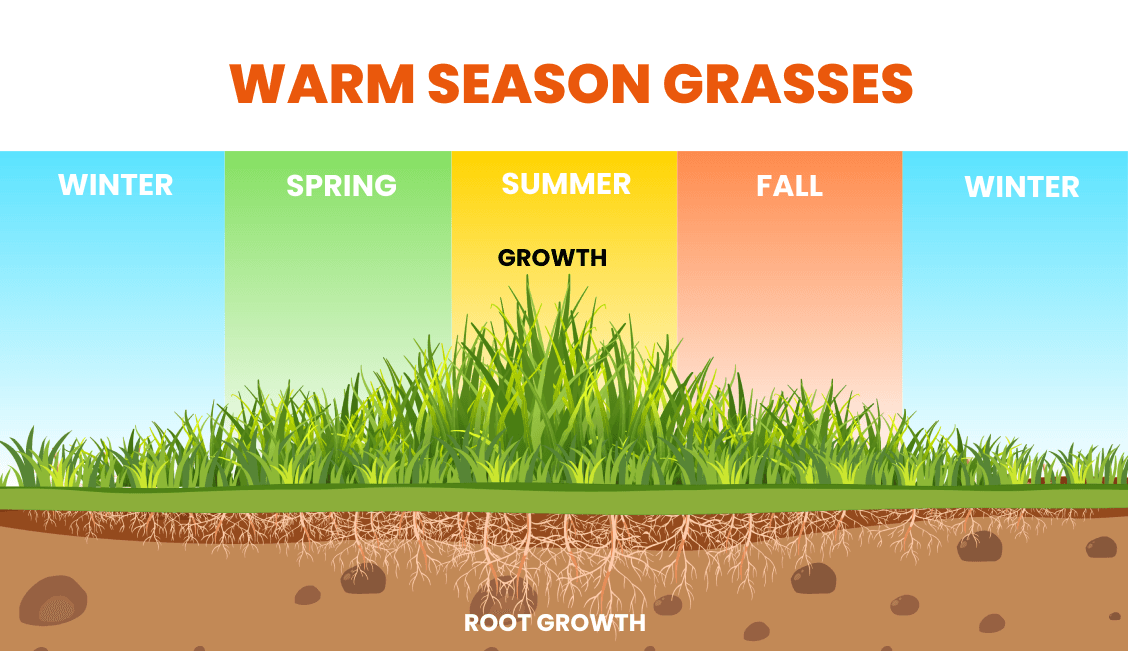
Find reputable companies for installing sod in TX
Here are the top problems you'll face when trying to get sod installed by a landscaping company:
- They're not transparent about pricing. You'll often get a quote that's way higher than you'd expect.
- They're hard to get ahold of on the phone or you'll reach out online but won't hear back.
- It's hard to pin them down for a specific date. Because you can only bring sod from the farm when there's decent weather, this causes some delays at times. It also has a short shelf life, so it's important to get it installed within a day or two of delivery.
We've done all the work for you. Click below to get a quote from one of the top installers in Texas.
